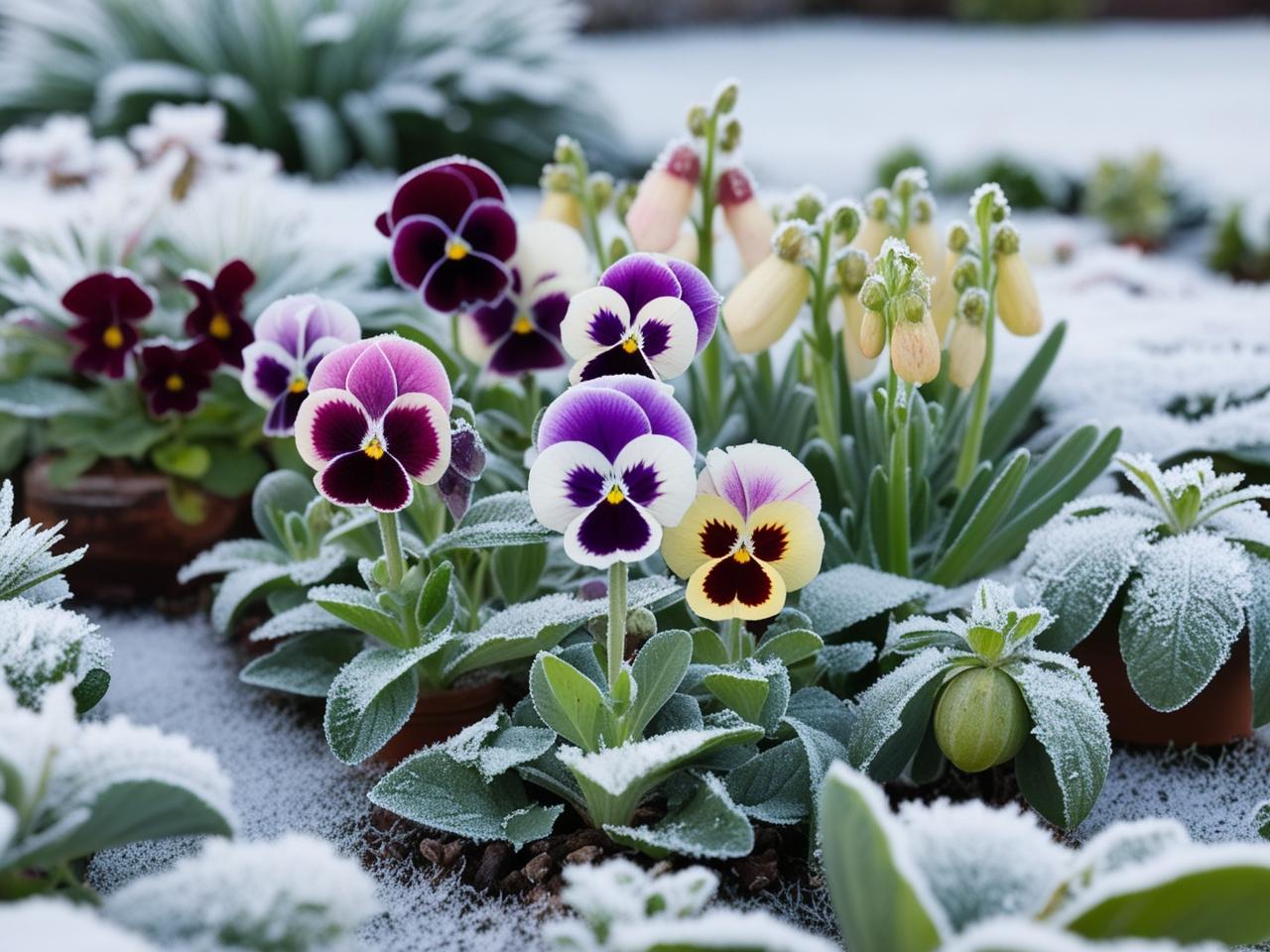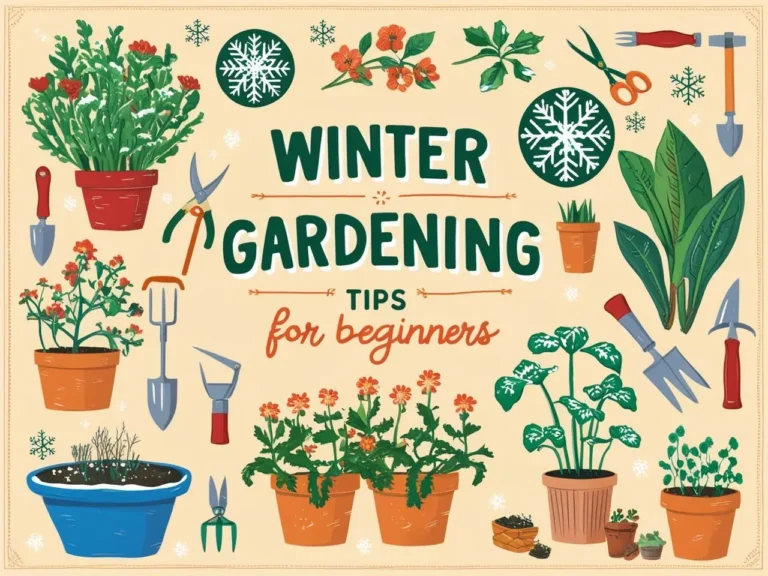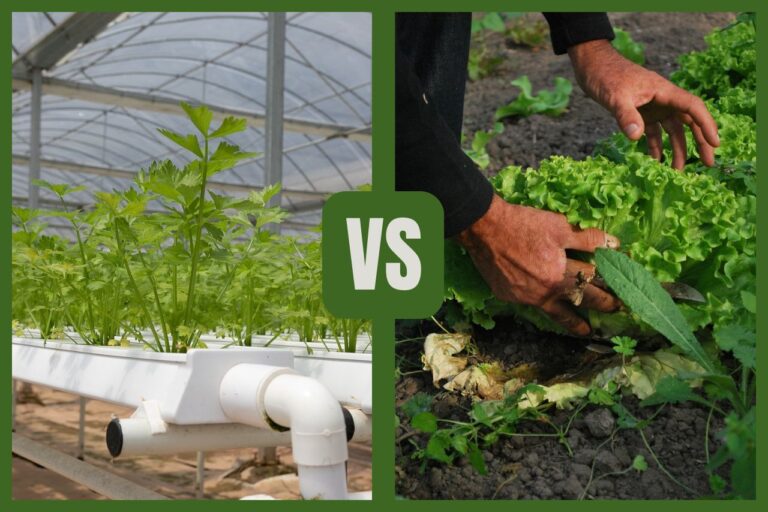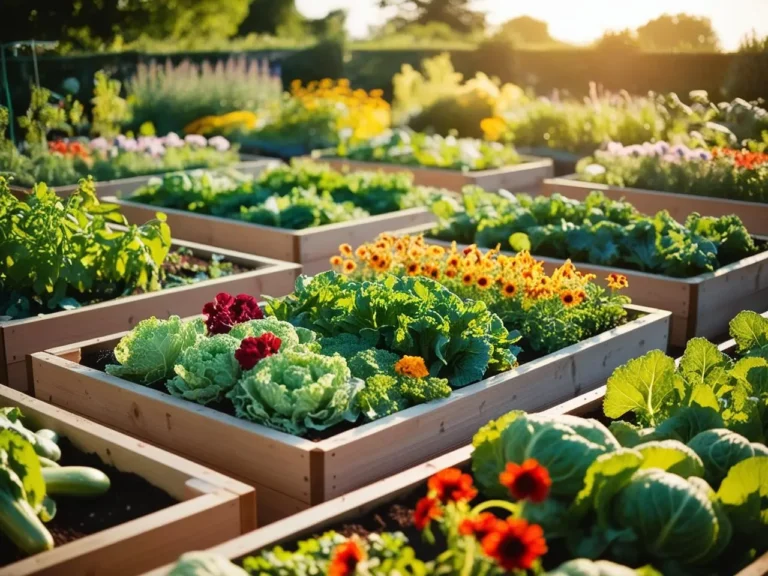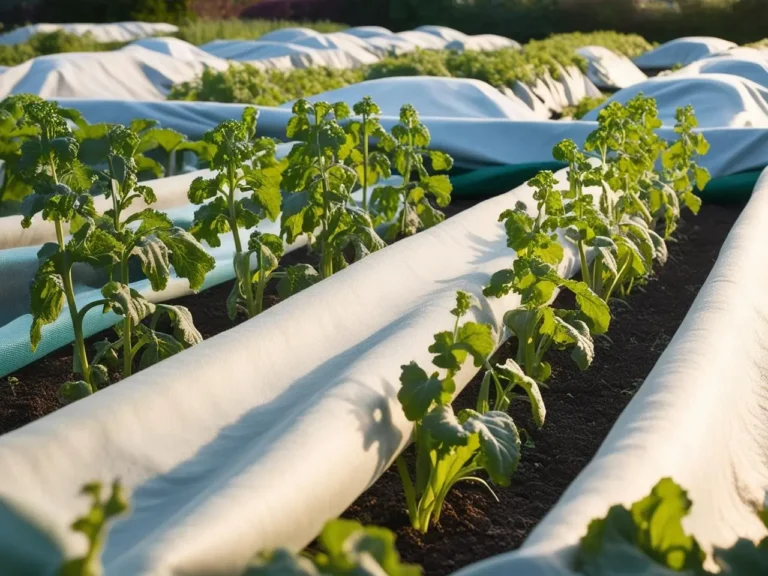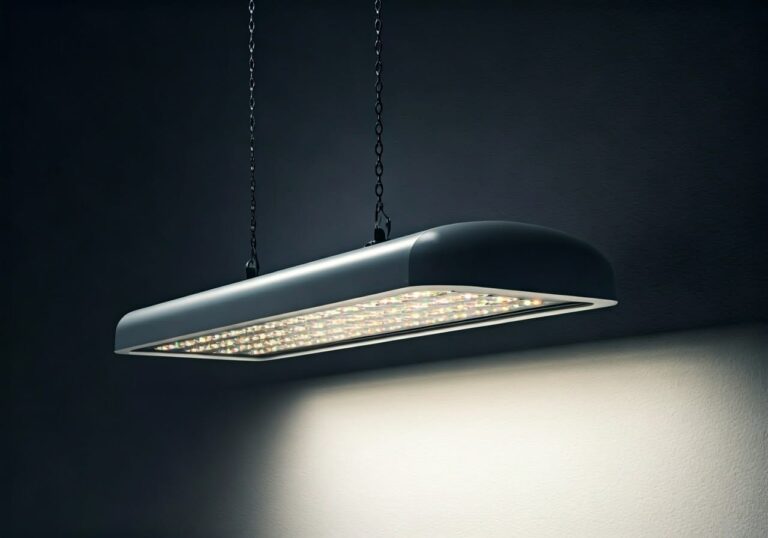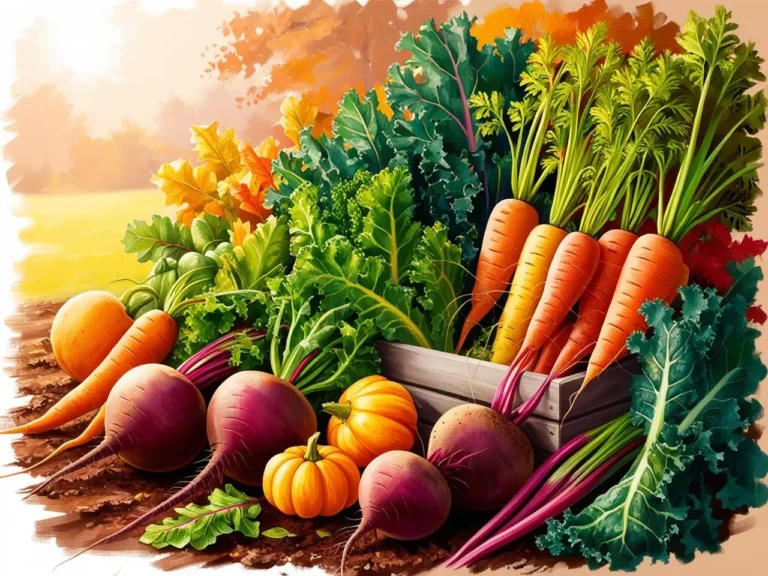The Ultimate Guide to Frost-Tolerant Plants for Your Garden
Frost can be a gardener’s nemesis, but it doesn’t have to be. With the right plants, your garden can thrive even as the temperatures dip and frost becomes a regular visitor. Frost-tolerant plants are your secret weapon to extend your gardening season, keep your landscape vibrant, and enjoy fresh produce well into the colder months. In this guide, we’ll walk you through the top frost-hardy plants and share tips for planting and caring for them successfully.
Understanding Frost-Tolerant Plants
Frost-tolerant plants are uniquely equipped to withstand freezing temperatures. These resilient varieties boast features like thick, waxy leaves, deep root systems, and slow growth that allows them to adapt to the chill. Unlike tender plants, which wilt or die when frost hits, frost-tolerant species can handle light freezes and often thrive in cooler weather. Choosing the right frost-tolerant plants for your garden can make all the difference in maintaining beauty and productivity year-round.
Top Frost-Tolerant Vegetables for Your Garden
You don’t have to say goodbye to fresh vegetables when temperatures drop! Here are some of the best options to grow in frosty conditions:
- Kale – A superfood that gets sweeter with frost exposure.
- Spinach – Thrives in cool temperatures and can grow under snow cover.
- Brussels Sprouts – Known for their flavor enhancement after frost.
- Carrots – Store well in the ground through frost, maintaining their crunch and sweetness.
Pro Tip: Protect your vegetable crops with a layer of mulch to help insulate the soil and roots.
Frost-Resilient Flowers for a Beautiful Winter Garden
Don’t let the cold dull your garden’s charm! These frost-tolerant flowers will keep your garden colorful even in winter:
- Pansies: Their cheerful blooms persist through frost.
- Snapdragons: A hardy favorite that adds vertical interest to beds.
- Hellebores: Also known as Christmas roses, they bloom during the coldest months.
Mix and match these blooms for stunning winter arrangements that will impress neighbors and wildlife alike.
Hardy Shrubs and Trees to Anchor Your Landscape
Shrubs and trees are essential for creating structure and year-round interest in your garden. Consider these frost-tolerant options:
- Junipers: Evergreen shrubs that add texture and color.
- Holly: Famous for its glossy leaves and bright red berries, perfect for holiday vibes.
- Dogwood Trees: Known for their striking bark that stands out in snowy landscapes.
When planting shrubs and trees, ensure the soil is well-draining to prevent waterlogged roots during winter.
Planting and Care Tips for Frost-Tolerant Plants
Even frost-hardy plants need a little TLC to thrive during winter. Follow these tips to ensure their success:
- Prepare the soil: Add compost to enhance nutrient availability and improve drainage.
- Mulch generously: A 2-3 inch layer of mulch insulates the soil, preventing drastic temperature swings.
- Water wisely: Water plants early in the day to hydrate roots before nighttime freezes.
- Provide cover: Use frost blankets or cloches during extreme cold spells to protect tender shoots.
Related: How to Use Row Covers and Frost Cloths Effectively
Common Mistakes to Avoid with Frost-Tolerant Plants
While these plants are tough, mistakes can still hinder their success. Here are common pitfalls to avoid:
- Overwatering: Too much water can freeze in the soil, damaging roots.
- Skipping mulch: Leaving soil exposed makes plants more susceptible to frost damage.
- Ignoring plant zones: Not all frost-tolerant plants can thrive in every region, check your hardiness zone.
Here’s a table summarizing the different USDA Hardiness Zones in the United States:
| Zone | Minimum Winter Temperature | Regions/Examples |
|---|---|---|
| 1 | Below -50°F (-45.6°C) | Northern Alaska |
| 2 | -50°F to -40°F (-45.6°C to -40°C) | Interior Alaska, parts of the Yukon |
| 3 | -40°F to -30°F (-40°C to -34.4°C) | Northern Minnesota, parts of North Dakota |
| 4 | -30°F to -20°F (-34.4°C to -28.9°C) | Midwest (parts of Iowa, Nebraska), Northern New England |
| 5 | -20°F to -10°F (-28.9°C to -23.3°C) | Southern New England, Midwest (parts of Illinois, Missouri) |
| 6 | -10°F to 0°F (-23.3°C to -17.8°C) | Mid-Atlantic, parts of the Pacific Northwest |
| 7 | 0°F to 10°F (-17.8°C to -12.2°C) | Southern Mid-Atlantic, parts of Oregon and Washington |
| 8 | 10°F to 20°F (-12.2°C to -6.7°C) | Coastal areas in the South, parts of Texas and California |
| 9 | 20°F to 30°F (-6.7°C to -1.1°C) | Central Florida, Southern Texas, parts of Arizona |
| 10 | 30°F to 40°F (-1.1°C to 4.4°C) | Southern Florida, parts of Hawaii, Southern California |
| 11 | Above 40°F (4.4°C) | Tropical regions, Hawaii, Puerto Rico |
Explanation:
- Zone 1 represents the coldest regions in the U.S., such as interior Alaska.
- Zone 11 includes tropical areas where winter temperatures rarely drop below 40°F.
- Zones increase in warmth as numbers rise, often correlating with latitude and elevation.
Related: How to Prepare Your Garden for Fall: Essential Tasks
Frost-tolerant plants are a game-changer for gardeners looking to keep their gardens alive and vibrant during colder months. From nutrient-packed kale to eye-catching hellebores, there’s a wide variety of options to suit any gardening style. By selecting the right plants and following our care tips, you’ll enjoy a thriving winter garden while other gardens take a seasonal nap. Happy Gardening!

